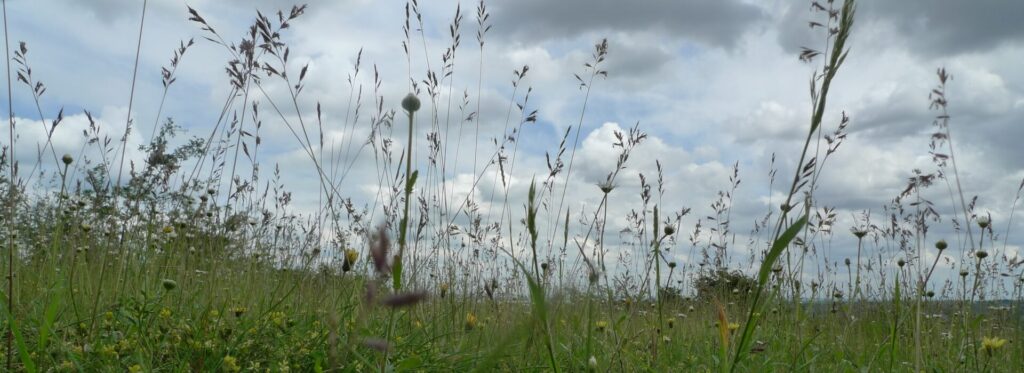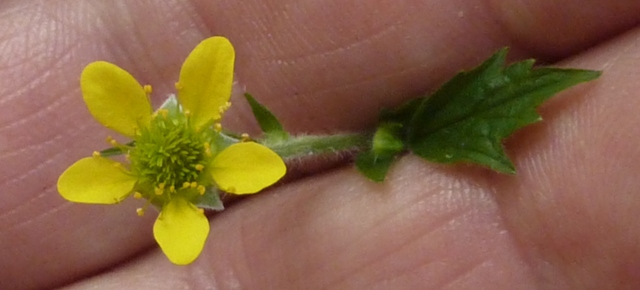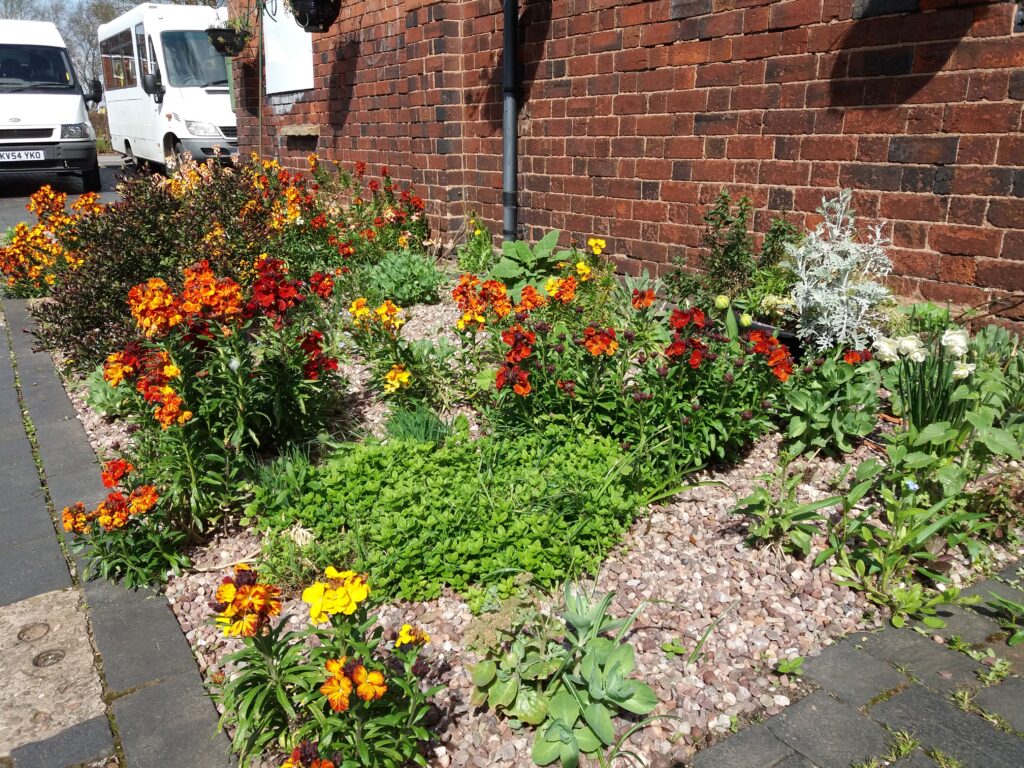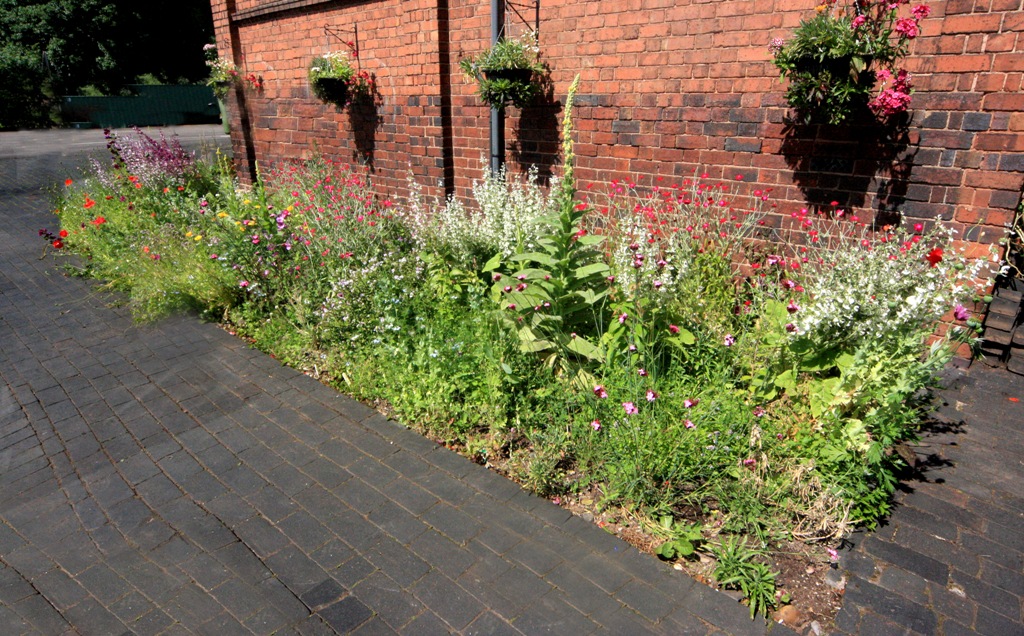
- Dare we include native plants, or weeds in our gardens and ornamental borders?
- How can we safe time and money?
- Native plants can be pretty and are certainly good for attracting wildlife.
- They can live beside our more ornamental and cultivated plants: they don’t necessarily interfere or harm each other as many gardeners seem to think!
This is a start of a series of posts for busy people and for people who would like to create a more exciting, fun and nature friendly garden.
Gardening with our native plants is certainly that!
As in my usual blog posts I like to make this as educational and easy to read as possible by means of colour coding. Useful links are provided if you wish to know more about certain subjects.

In a former post I have talked about the 3 more common native plants found here in my home town of Walsall, West Midlands. See here. However each town probably has their own common weeds, suiting the local conditions and soil type!
But what sort of garden have you got at present and what sort of a garden would you like?
Gardens in towns
Most people life in towns with limited space or even a garden to speak of and not always with the ideal growing conditions!
- How much sun and shade do you get in summer and winter as this is your main parameter for what type of plants you will grow.
- A sunny garden will support flowering plants best and if you have a good soil which remains damp that is probably the ideal garden to grow, although may even be too good for many native plants!
- Shade, which in towns is often created by other buildings, walls or trees, is still good for many practical aspects: you can grow better foliage plants, it holds on to water in dry periods and you may prefer a seat here to get away from the hot sun during summer.
Priorities for your garden:
all your hard landscaping elements such as
- paths
- lawn or play areas (for children or adults!)
- patio or seating areas
- area for shed, greenhouse, outbuilding, etc.
- existing borders or ornamental plant areas
- vegetable or fruit growing areas
are essential to get in first before we can start to talk about including our native plants!
You can have a look at this website I found for some inspirational ideas.
Using Native Plants
If you inherited many good native plants or ‘weeds’ already in your garden that could be great and used to your advantage instead of trying to eradicate everything!
You need to identify them first, to see what they look like in all their stages of life and find out their uses, benefits for wildlife and whether you want it or can tolerate it!
- It may be difficult to identify the plant if there are just the leaves.
- It is a bit easier with a flower.
If you do know a name; either common or botanical/scientific you could try this online atlas.
If you do know your soil roughly but no name: for the more common weeds you can go to Garden Organic comprehensive list and see what soils they prefer.
Or use the pictures and list of the common weeds found in the U.K by RHS. This list I’ve also used in my earlier blog post.
Advantages of using native plants:
- Many of the common weeds are edible or useful for us humans too as this is the whole subject of my blog wonderful weeds weekly!
- Native plants or ‘weeds’ are adapted to all sorts of habitats, soil types and aspects so there is a plant for each situation. No soil-improvement necessary!
- They suffer little from pests and diseases and are generally easy to look after!
- Attract native wildlife such as a variety of insects, which in turn benefits the biodiversity.
If you prefer to add some different native plants you will need to know about:
Soil types
To garden with native plants you will need to know what soil are you blessed with?
This is very important in order to get the right plant for the right place!
Although the more common ones are often adaptable to most soils, others will grow better and therefore look better in the correct habitat and soil.
Find out here what soil you might have got in your area.
- your soil type? Is this clay?
In clay we can find the more vigorous, bully like plants which are often not the prettiest but they do a good job for their surrounding habitat all the same. Clay stays wet for a long time but can also go rock-hard in a dry period!
We can find Dock, Couch grass, Stinging nettle, lots of vigorous grasses such as Cock’s foot and on bare patches things like Willow-herb, tree saplings and Bramble will appear. Again, try to find out the name of the ‘weed’ and see whether you can tolerate it!
- your soil type? Is this sand or gravelly soil?
These are what we call ‘Hungry soils’ and the soil is always well drained so dries out quickly. It has the advantage that the weeds or native plants are less likely to be bullies and take over from our choice ornamental or otherwise exotic plants. They have a tendency to flower earlier and stay more compact.
Loam soil is composed of almost equal amounts of sand and silt with a little less clay. This is the ideal soil for most garden plants, so should also be suitable for many native plants.
Silt is detritus (fragments of weathered and eroded rock) with properties intermediate between sand and clay.
Peat, also known as turf, is an accumulation of partially decayed vegetation or organic matter. It doesn’t really occur as a garden soil. In a few areas around the British Isles we can find natural peat, which has a unique flora.
These are all the main soil types but there are of course all different combinations of those so the list is endless! The more bold your plants grow, the more fertile the soil is. Large leaves or lots of foliage and less flowers often means too much nitrogen or damp and shade also does similar things to a plant!
The only plant which is difficult to tolerate is tree seedlings as of course you often have no room for a forest!
But you may be able to welcome one which happens to grow in a good spot and keep it to a manageable size.
There is a plant suitable for any soil. You can adapt it to suit plants which naturally would not like it but this is a lot of work. Some cultivation to get certain native plants established is always useful and basic maintenance can involve digging in or a top dressing with organic matter, which will feed and preserve moisture and basically keeps your soil and the creatures in there more happy!
You can also create a gravel garden such as what we’ve done at Brownhills Activity Centre.
Although this garden contains mainly ornamentals, it is also a home for the Red Valerian (Centranthus ruber, Plantago major ‘Purpurea’, Cornflower, Poppies, Marjoram and Thyme which are native plants.
This we created by lifting pavement bricks from the original playground as the Centre started life as a boys school in the Victorian era!
Underneath these bricks there was a thick layer of basic slag, which came as waste from the surrounding mining industry. Some old soil from some containers was thrown on top and hardy plants planted in this. A layer of 10 mm pea gravel has gone on top to preserve moisture, heat and is a medium for self-seeding plants.
It is surprising how attractive this low fertility ‘soil’ looks all year round!


It is a proof that you can garden with native plants for each situation..
